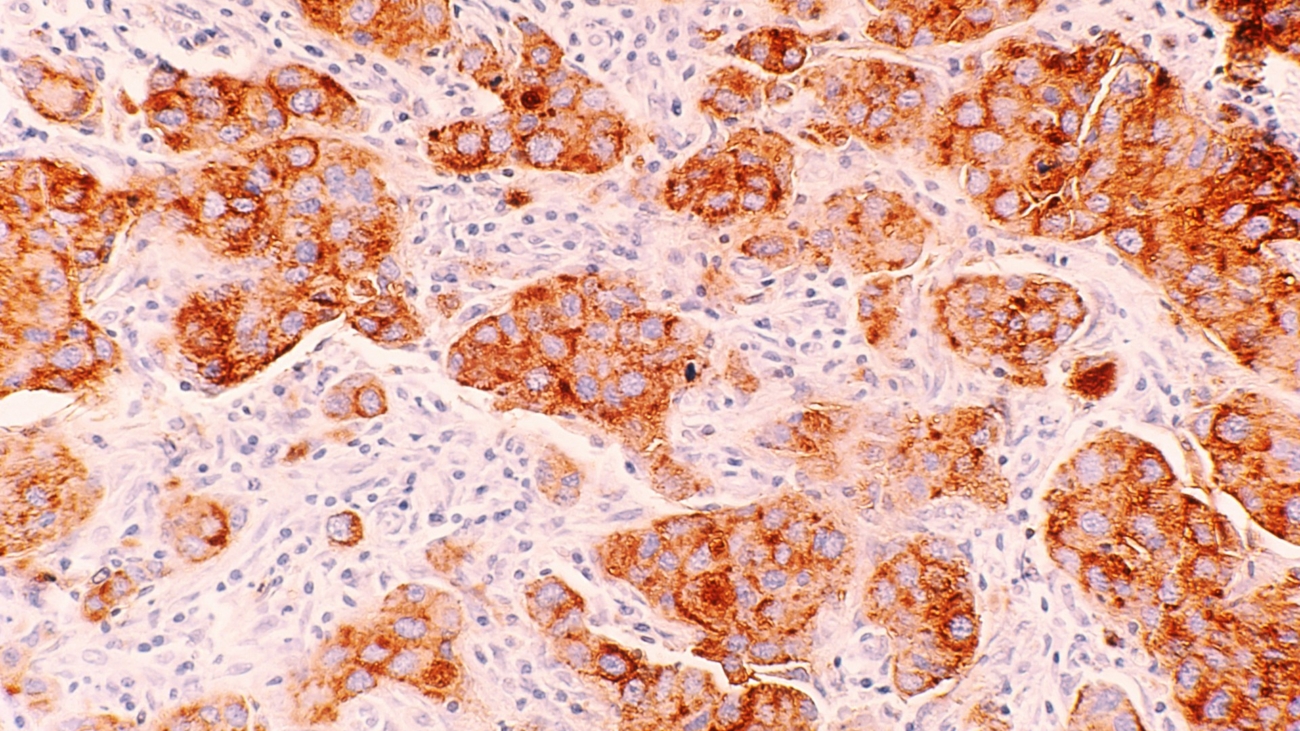India’s hospital management system is undergoing a significant transformation, aiming to achieve world-class standards while maintaining economic viability. Several hospitals are expanding their capacity for both inpatient and outpatient care, reflecting a robust and efficient healthcare system. However, despite the advancements, many Indians still struggle to afford high-quality hospital care due to low average income levels. This article explores the economic dynamics of Indian hospitals, the balance between affordability and quality care, and innovative 21st-century economic models like tokens and credits that could revolutionize access to healthcare.
The Economic Soundness of Indian Hospitals
Cost-Effective Operations
Indian hospitals are known for their cost-effective operations compared to many other hospital systems globally. Several factors contribute to this economic efficiency:
- Economies of Scale: Large hospital networks in India benefit from economies of scale, reducing per-unit costs of healthcare delivery.
- Efficient Resource Utilization: Indian hospitals often maximize the use of available resources, from medical equipment to human resources, ensuring that they get the most out of every investment.
- Low Labor Costs: The relatively lower wages for healthcare professionals in India compared to Western countries help keep overall operational costs down.
- Generic Medicines: Widespread use of affordable generic medicines significantly reduces the cost of treatment for patients.
Affordable Healthcare Services
Despite the economic efficiency, the cost of healthcare remains a significant barrier for many Indians. The average income of the majority of the population makes it difficult to afford expensive hospital care, creating a need for innovative solutions to bridge this gap.
Balancing Low Income Levels and Affordable Hospital Services
Government Initiatives
The Indian government has launched several initiatives to make healthcare more accessible and affordable for the common man:
- Ayushman Bharat Scheme: This health insurance scheme aims to provide financial protection to vulnerable families, covering secondary and tertiary care hospitalization.
- Public Hospitals and Clinics: Government-funded hospitals and clinics offer free or subsidized healthcare services to those in need.
Private Sector Contributions
Private hospitals often provide subsidized care through charitable activities and partnerships with non-governmental organizations (NGOs). Many also offer financial assistance programs to help patients cover the cost of treatment.
Innovative Economic Models for Future Healthcare
Token-Based Healthcare System
A futuristic approach to making hospital care affordable is the implementation of a token-based healthcare system. Here’s how it could work:
- Healthcare Tokens: Digital tokens could be issued to citizens, which can be redeemed for healthcare services at participating hospitals. These tokens could be earned through various means, such as government programs, employer benefits, or community health initiatives.
- Blockchain Technology: Utilizing blockchain for managing tokens ensures transparency, security, and traceability. Each transaction can be securely recorded, preventing fraud and misuse.
- Incentive Programs: Citizens could earn additional tokens through healthy behaviors, such as regular check-ups, vaccinations, and participation in wellness programs.
Healthcare Credits and Trading
Another innovative model is the concept of healthcare credits, which can be traded or accumulated over time:
- Credits for Care: Similar to frequent flyer miles, individuals could earn healthcare credits through regular medical visits, preventive care, or community service. These credits could be used to offset the cost of future medical treatments.
- Credit Trading Platforms: A digital platform could facilitate the trading of healthcare credits, allowing individuals to buy, sell, or donate credits. This system would help those in immediate need access funds more quickly.
- Employer Contributions: Companies could contribute healthcare credits as part of employee benefits, encouraging preventive care and ensuring that their workforce remains healthy and productive.
Microinsurance and Crowdfunding
- Microinsurance: Offering microinsurance policies tailored to low-income individuals can provide coverage for specific health needs at an affordable cost. These policies can be customized to cover high-cost treatments, reducing the financial burden on families.
- Crowdfunding for Healthcare: Platforms that enable crowdfunding for medical expenses can be a lifeline for families facing high medical bills. These platforms can leverage community support and social networks to raise funds for critical treatments.
Conclusion
The Indian hospital system is at a pivotal point, balancing the need for world-class care with economic constraints. By leveraging innovative economic models such as token-based systems, healthcare credits, and microinsurance, India can make high-quality hospital care accessible to all its citizens. These futuristic approaches, coupled with ongoing government initiatives and private sector contributions, hold the promise of a more equitable and efficient healthcare system. As India continues to advance in healthcare technology and infrastructure, these innovative models will play a crucial role in ensuring that every citizen has access to the care they need, regardless of their income level.

